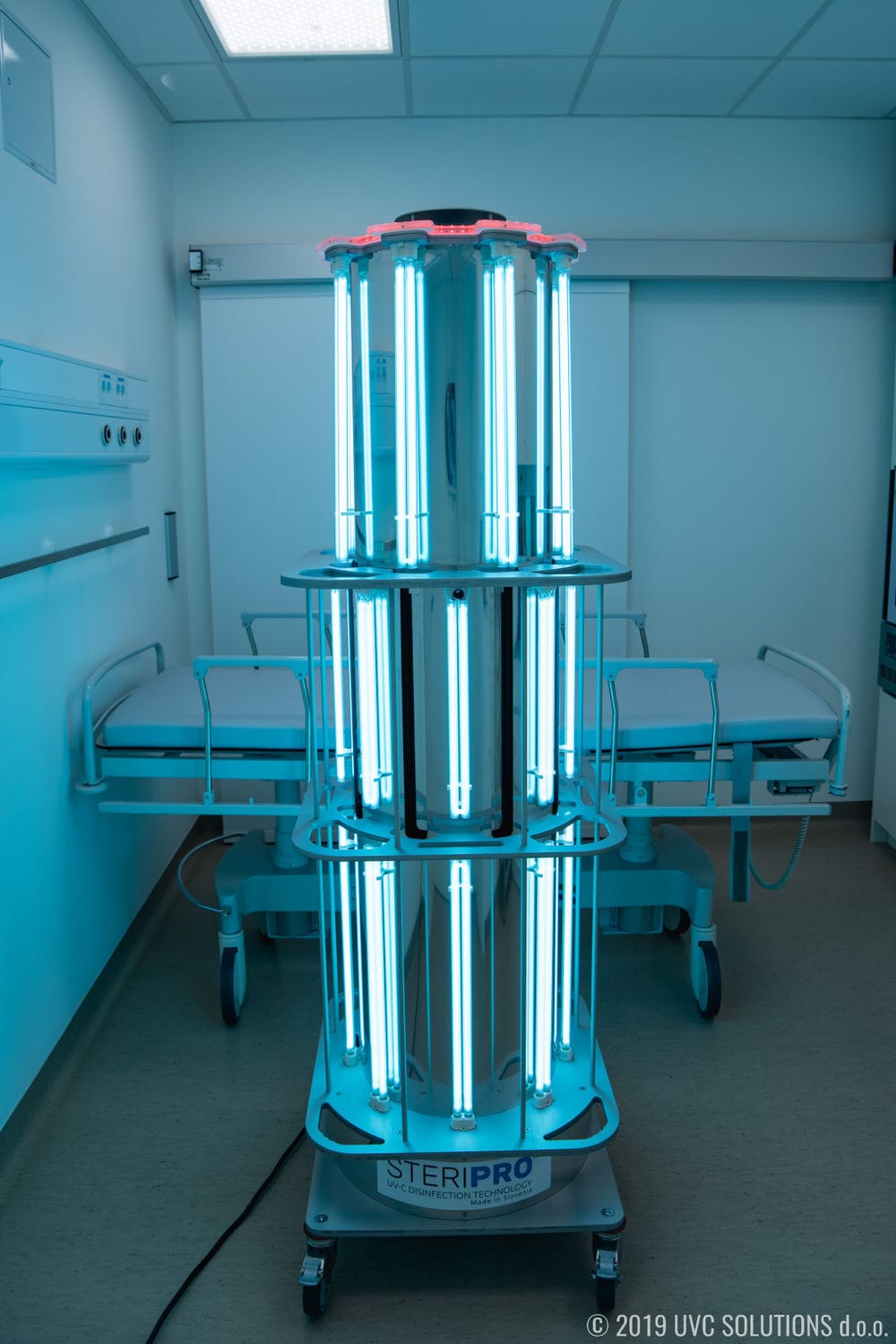


Corporations that use UV systems in products or manufacturing processes (e.g.Potential responses may include the following actions: The UNEP has set the goal for mercury to be phased out of production by the year 2020.Īlthough the Minamata Convention does not specifically prohibit the manufacture and sale of UV mercury-vapor lamps, it will provide a generally positive influence for the more widespread adoption of alternative technologies. The Minamata Convention on Mercury was initiated by the United Nations Environmental Programme (UNEP) to protect human health and the environment from anthropogenic emissions and releases of mercury. The inherent stable crystal structure of an LED ensures that UV-C LEDs are very robust to mechanical or environmental shock. These metals and or metalloids are bound within a stable crystal structure and cannot leach into the environment. UV-C LEDs do contain small amounts of elements such as the metals gallium and magnesium and the metalloids silicon and boron (although boron is not predominantly used). While the lamp is operating the mercury vaporizes if the lamp is broken, mercury vapor is easily dissolved into the treated product. Accidents and improper procedures increase the risk of exposure to people and the local environment. Liquid mercury lamps have the potential to be hazardous both during operation and when the lamp is off. Amalgam UV lamps contain solid “spots” which consist of an alloy of mercury and another element, such as indium or gallium. medical devices, space).Ĭonventional UV lamps hold their mercury either in a liquid form (more common in medium pressure lamps) or an amalgam (more common in low pressure, high output lamps). These UV lamps require routine replacement and are susceptible to breakage during transportation, handling, and operation. UV LEDs are mercury-free and provide a safer alternative. This has created new markets for UV disinfection where traditional UV lamps containing mercury were banned for safety reasons (e.g. Wavelength selection – One of the greatest benefits of UV-C LEDs is that users can configure them to choose a specific wavelength that is best suited for maximum absorption of light for the chosen microorganism.Īlthough UV disinfection is generally considered safer than chemical disinfection, all conventional UV lamps typically use between 5-200 mg of mercury per lamp.They can be designed so that if UV-C LEDs are being used in water purification, they will not transfer heat into the water. Temperature independent – LEDs can emit photons from a different surface as their heat emissions.Unlimited cycling – on/off cycles do not impact the life of the LEDs, meaning there is an unlimited scope for lamp cycling.Instant-on/off – UV-C LEDs work instantly, so there is no need for a warm-up time that is a common constraint of mercury-vapor lamps.Small design footprint – LEDs are much more compact compared to their mercury-vapor counterpart, meaning they can be integrated easily into new innovative designs.Environmentally friendly – conventional UV lamps use heavy metals that are difficult to handle and cost a great deal to dispose of safely.


 0 kommentar(er)
0 kommentar(er)
